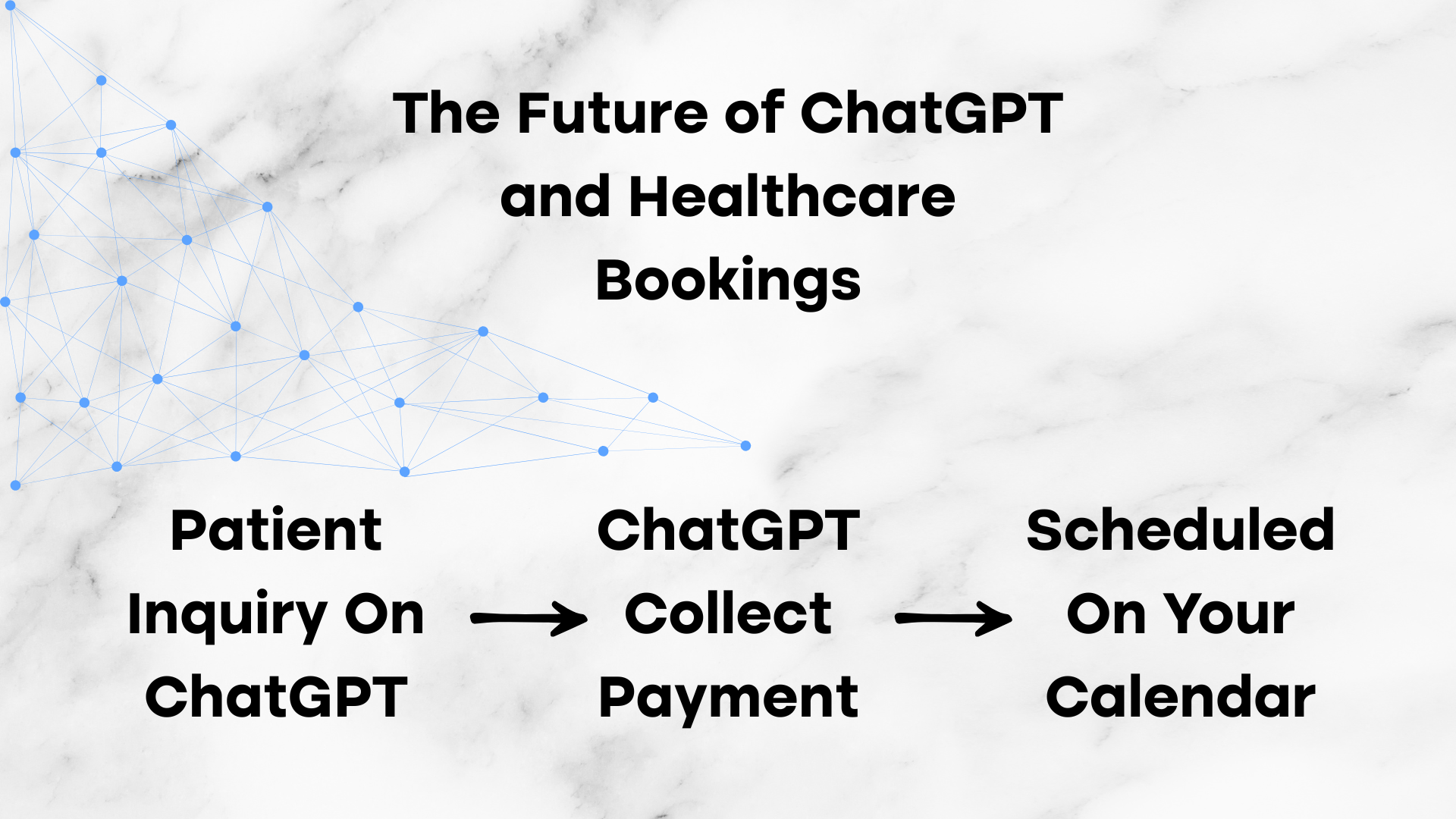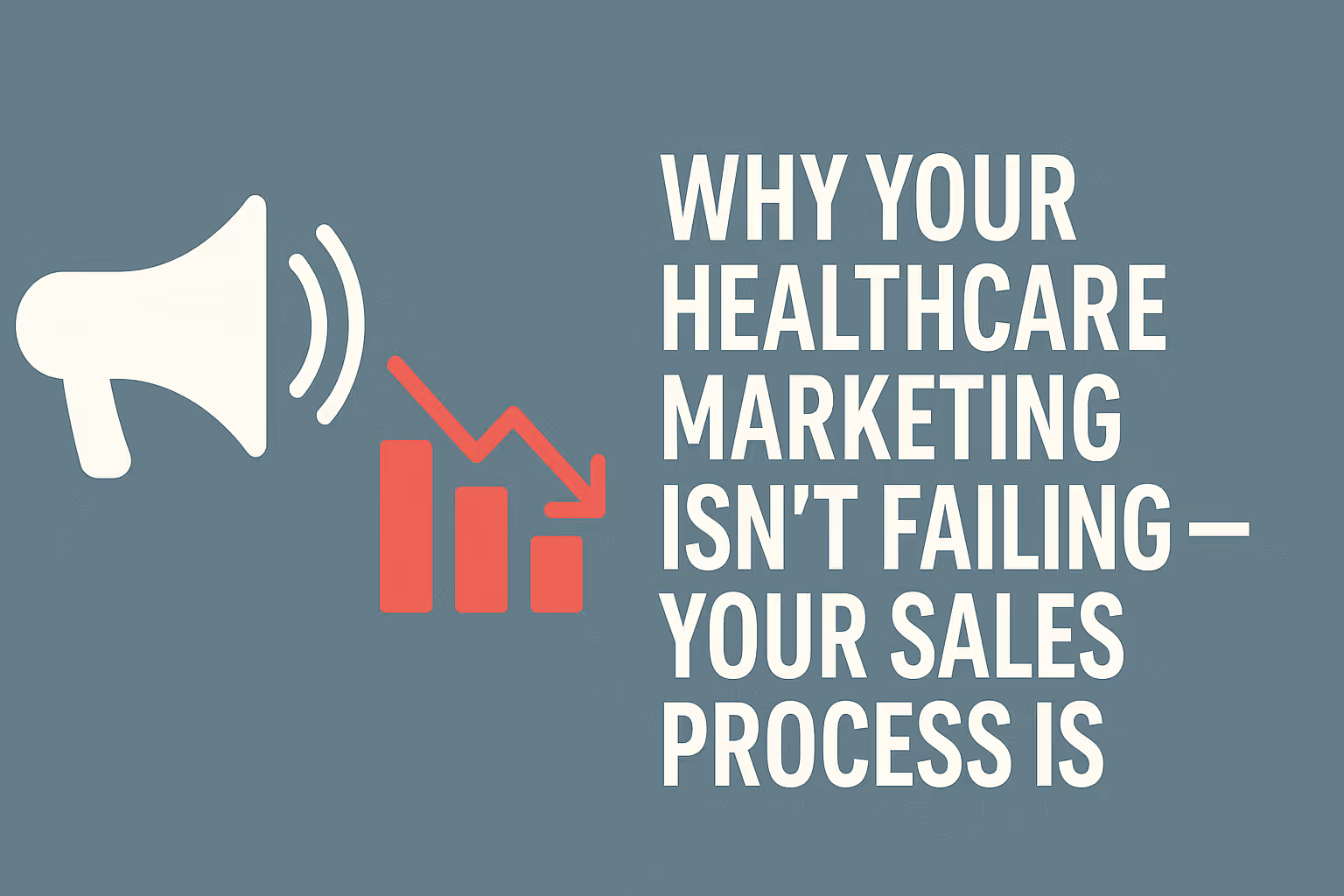Read more Articles
Lorem ipsum dolor sit amet, consectetur adipiscing elit. Suspendisse varius enim in eros elementum tristique. Duis cursus, mi quis viverra ornare, eros dolor interdum nulla, ut commodo diam libero vitae erat.

Search Engine Optimization (SEO) remains one of the most powerful—yet often misunderstood—tools in healthcare marketing. For medical clinics, aesthetic practices, and specialty providers aiming to grow patient volume without depending entirely on paid advertising, SEO offers a long-term, sustainable path to high-intent lead generation.
But let’s be clear: effective SEO isn’t quick, and it isn’t cheap. It demands time, technical expertise, and a deep understanding of how patients search for care online. At Nexamed, we specialize in healthcare marketing—and we’ve helped providers across the country build search strategies that consistently attract, educate, and convert the right kind of patients. We know what works, and more importantly, what doesn’t.
This guide breaks down the essentials of SEO for medical practices, what it actually involves, and why it’s worth investing in. If you want to read our blog on how to dominate local SEO, that is here.
Before diving into strategy, it’s important to understand what SEO actually is. Search Engine Optimization (SEO) is the practice of enhancing your website’s visibility in search engines like Google by aligning with the criteria they use to rank content.
At its core, Google evaluates three key factors:
These elements work together to determine how your website ranks for relevant search terms. The higher your site ranks, the more likely it is to appear when potential patients search for your services. While the process is far more nuanced in execution, this framework offers a foundational understanding of how SEO drives visibility — and ultimately, new business — for your practice.
On-page SEO is the backbone of your clinic’s digital presence. It includes all the elements on your website that help search engines understand your content—and help patients find it.
For healthcare practices, strong on-page SEO doesn’t just improve rankings. It builds trust, enhances user experience, and sets the foundation for every other marketing effort you invest in.
Here are the core on-page SEO components your practice should be optimizing:
/services/hormone-replacement-therapy are better for both SEO and patient trust than something like /page?id=154.One of the most underrated on-page SEO signals is user experience (UX). If your site is cluttered, slow, or confusing, users won’t stay long—and Google notices. High bounce rates and low engagement tell search engines that your site isn’t meeting patient needs, which directly affects rankings.
The good news? If you’re already publishing blog content, targeting condition- or treatment-specific keywords, and linking pages together with intention—you’re moving in the right direction.
For established medical websites, on-page SEO should be a consistent focus. Whether you’re building treatment pages, optimizing metadata, or refining blog structures, these signals compound over time. They tell Google (and your future patients) that your site is not just functional—it’s helpful, relevant, and trustworthy.
In competitive healthcare markets, where everyone is fighting for top placements, on-page SEO isn’t optional. It’s the baseline. And without it, no amount of paid traffic or backlinks will drive long-term results
Off-page SEO includes all the factors that influence your search rankings outside of your website. While on-page SEO helps you structure content for search engines, off-page SEO builds your digital authority—telling Google (and patients) that your practice is trustworthy, credible, and well-regarded in your space.
Here’s what that includes—and why it matters:
In the healthcare space, off-page SEO isn’t optional—it’s foundational.
Why? Because when patients search for care, they’re not just looking at your website. They’re looking at everything that surrounds it: your reviews, your media presence, your reputation in the digital ecosystem. And Google does the same.
Even if your website is brand new, a strong off-page SEO strategy can begin sending the right signals—fast. That’s especially important for newer practices or providers entering a competitive market. A dermatology clinic, for example, trying to rank for “Lake Nona SEO” keywords may find that off-page assets like reviews and backlinks do more for visibility than the homepage itself in the early stages.
The bottom line: off-page SEO builds the kind of authority that on-page SEO can’t do alone. And in healthcare, where trust is everything, it can be the difference between being discovered—or being overlooked.
Unlike social media or paid advertising, SEO is built on search intent—and that’s what sets it apart.
When someone scrolls past a cosmetic treatment on Instagram, they might pause out of curiosity, but they’re not necessarily ready to take action. It’s passive engagement. But when someone types in a search like “best lip filler clinic near me” or “non-surgical hair restoration treatment,” they’re actively seeking a solution. They’re comparing providers. They’re ready to book.
That’s what makes SEO one of the most consistent sources of high-converting traffic in healthcare. You’re not interrupting someone’s feed—you’re showing up exactly when they need you.
And unlike paid ads, which stop delivering the moment your budget runs out, SEO keeps working in the background. A well-optimized page can generate traffic day and night, long after it’s been published. Over time, that traffic compounds—turning your website into an always-on growth engine that doesn’t depend on constant ad spend.
Let’s be honest — SEO is not a quick win.
You won’t rank for competitive keywords overnight. It usually takes 6–12 months to gain serious traction, especially in competitive healthcare niches like dermatology, plastic surgery, or injectables.
Why? Because Google rewards authority, and authority can’t be bought — it has to be earned.
Between technical audits, keyword mapping, internal linking, schema markup, image compression, and content writing — SEO is a full-time job. And if it’s done wrong, it doesn’t just waste money… it actively hurts your ranking potential.
That’s why serious healthcare businesses in Saint Cloud and Central Florida invest in real SEO retainers — often $1,500–$3,000+ per month. And those investments pay off. Ranking for terms like “Botox Saint Cloud FL” or “liposuction near Orlando” can generate hundreds of thousands in patient revenue per year.
You’ve probably seen SEO packages for $300–$800/month. And while that pricing may sound good, it rarely delivers.
In reality, those low-cost SEO services often include:
Worst of all, poor SEO execution — like keyword stuffing or duplicate content — can actually trigger Google penalties, pushing your site down in search results.
At Nexamed, we’ve audited dozens of websites across Florida and regularly see clinics paying for “SEO” with no real on-page optimization, no schema, no keyword targeting, and no content plan. If you’re not paying for strategy, you’re not paying for SEO.
And in healthcare — where HIPAA compliance, patient behavior, and conversion optimization all matter — you need an SEO partner who knows your space. That’s what we do.
SEO isn’t just about ranking. It’s about owning the top of the funnel in your city or region. For healthcare providers looking to create predictable, high-quality lead flow — without depending on Meta or Google Ads forever — SEO is the answer.
If you're in Saint Cloud, Kissimmee, Lake Nona, or anywhere in Central Florida, and you're serious about building a long-term growth engine for your clinic — we’d love to help.
Want to see how Nexamed can help your clinic dominate Google rankings?
If you want to learn more about other healthcare topics such as 5 AI Healthcare Marketing Strategies or a Real world example of a healthcare marketing strategy click our blog page!
Fill out the form below and we will have a client success representative reach out to you
Lorem ipsum dolor sit amet, consectetur adipiscing elit. Suspendisse varius enim in eros elementum tristique. Duis cursus, mi quis viverra ornare, eros dolor interdum nulla, ut commodo diam libero vitae erat.


